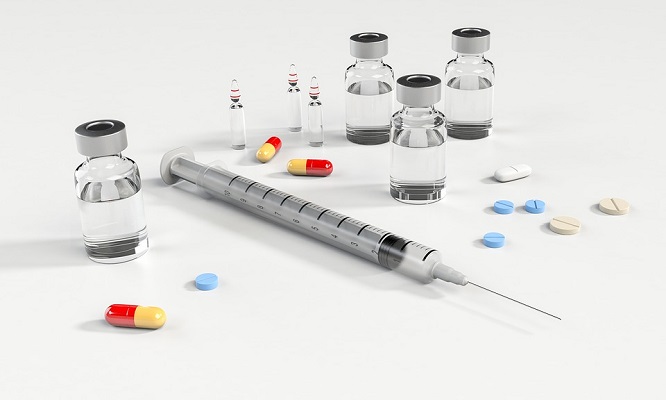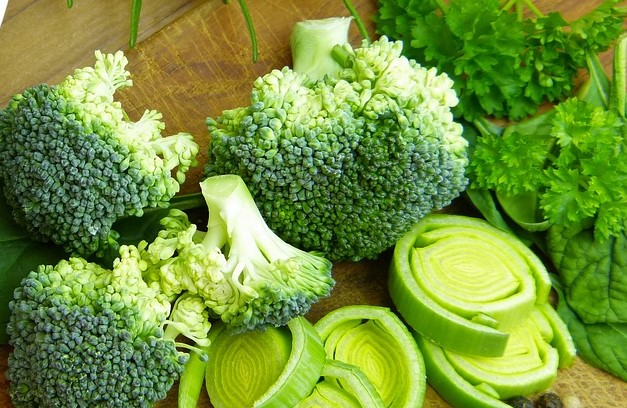Juicing for type 1 diabetes can be a healthy and safe way to reduce the insulin you require. Begin with implementing vegetable and fruit juices into your daily diet, with a ration of 80/20 vegetables to fruits. Once you feel ready and prepared I suggest to begin a 3 day juice cleanse or 5 day juice cleanse.

What Is Type 1 Diabetes?
Type 1 diabetes, is also known as insulin-dependent diabetes or juvenile diabetes. It is a chronic ailment which causes the pancreas to produce little or no insulin.
Insulin is the hormone necessary to allow the cells to use sugar for energy production. A myriad of factors, that may include genetics, diet and some enteroviruses, have been known to cause type 1 diabetes.
Type 1 diabetes causes heightened blood sugar levels in the human body. The symptoms often include frequent urination, increased hunger, increased thirst and excessive weight loss.
Other symptoms are blurry vision, fatigue, and poor healing. Type 1 diabetes symptoms develop over a short period of time. Juicing is an effective way to manage type one diabetes and potentially reverse its effects.
What You Need To Know About Juicing For Type 1 Diabetes
Carbohydrates are one of the human body’s primary sources of energy. Carbohydrates are broken down into glucose relatively fast. Therefore, they play a bigger role in blood sugar levels compared to fats and proteins.
Awareness of carbohydrates is touted as being an important aspect in the management of diabetes. When juicing for type 1 diabetes, the amount of carbohydrates will vary substantially as you move from one fruit or vegetable to another.
Vegetables such as celery have an almost negligible carbohydrate content. While others such as citrus fruits and potatoes have a much higher amount of carbohydrates.
Juicing for type 1 diabetes has a great deal of similarities to raw food diets. In the sense that it centers largely on raw fruit and vegetable juices. Juicing is a great method of getting recommended amounts of fruit and vegetables into your system.

Caution High Intakes Of Sweet Fruits
One aspect, however, that people with type 1 diabetes need to be cautious about are juices with a high volume of sweet fruits. Juices that contain a large concentration of sweet fruits will adversely affect the blood sugar levels.
The challenge often is choosing the right combination of vegetables and fruit. With finding the right balance so that the juice is palatable and safe enough for the blood glucose levels. The best way to know for sure that juicing for type 1 diabetes is working is when your reliance on insulin slowly and steadily begins to diminish.
To maximize on the health benefits of juicing for type 1 diabetes, it is recommended to incorporate some physical activity into your juicing routine.
There are two ways you could do juicing for type 1 diabetes. The first method entails incorporating select fruit and vegetable juices into your normal diet.
The second method would be of course to juice exclusively. The latter should only be attempted with advice from a physician or nutritionist. I’d recommend you try no more than four days at a time while “listening to your body”.
Juicing for type 1 diabetes requires some experimenting if you are to find a palatable recipe. I won’t promise anything but you’ll get some juice combinations that don’t turn out as you’d expect.
Keep in mind that moving onto a different diet can lead to either higher or lower blood sugar levels. It is therefore advisable to monitor the effects of juicing on your glucose levels.
Use The 80/20 Rule For Juicing Vegetables To Fruits
As mentioned, avoid to many sweet fruits. Therefore, you could use the 80/20 method. Which is where 80% of your juice intake is from vegetables and 20% from fruits.
Some great juice components you might want to consider include string beans and Brussels sprouts. Both of these vegetables are great sources of vitamin B6, a blood sugar stabilization aid.
Others include celery, cucumber, green apples, carrot, spinach, red pepper, cilantro, and parsley. Bitter melons have been touted as being quite potent in the management of type 1 diabetes. I have personally heard of people who gradually stopped using insulin after juicing using bitter melons a couple of times.
